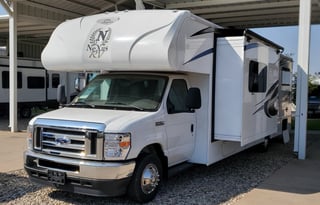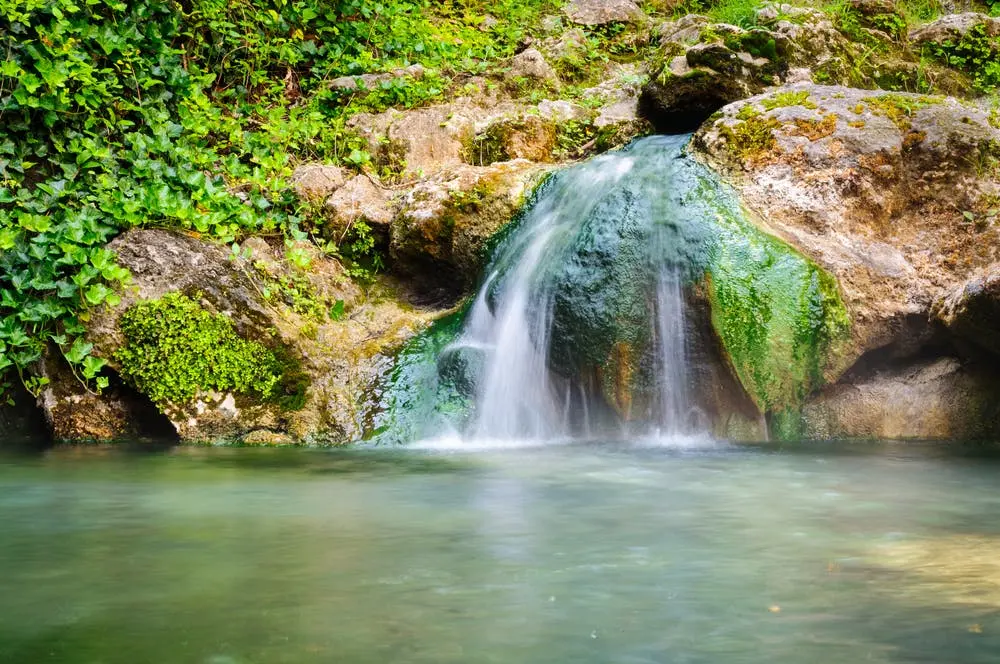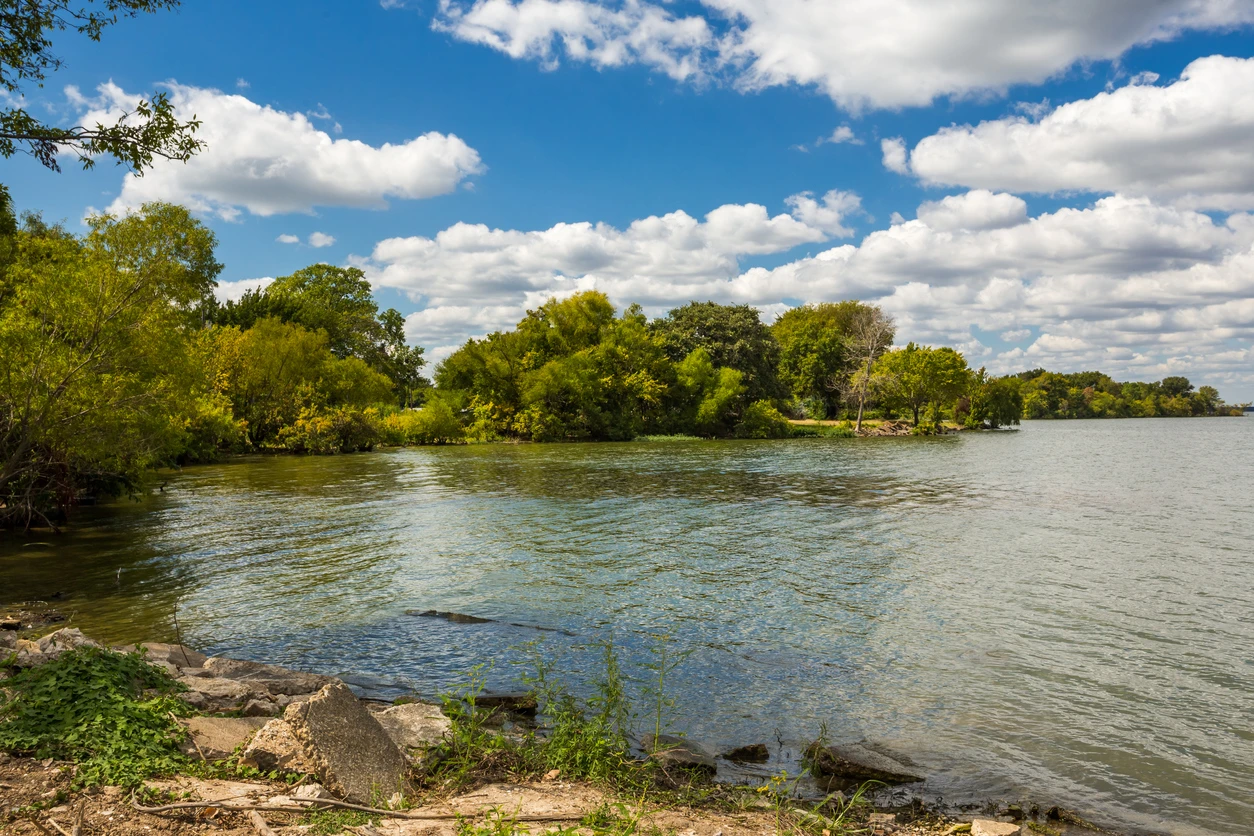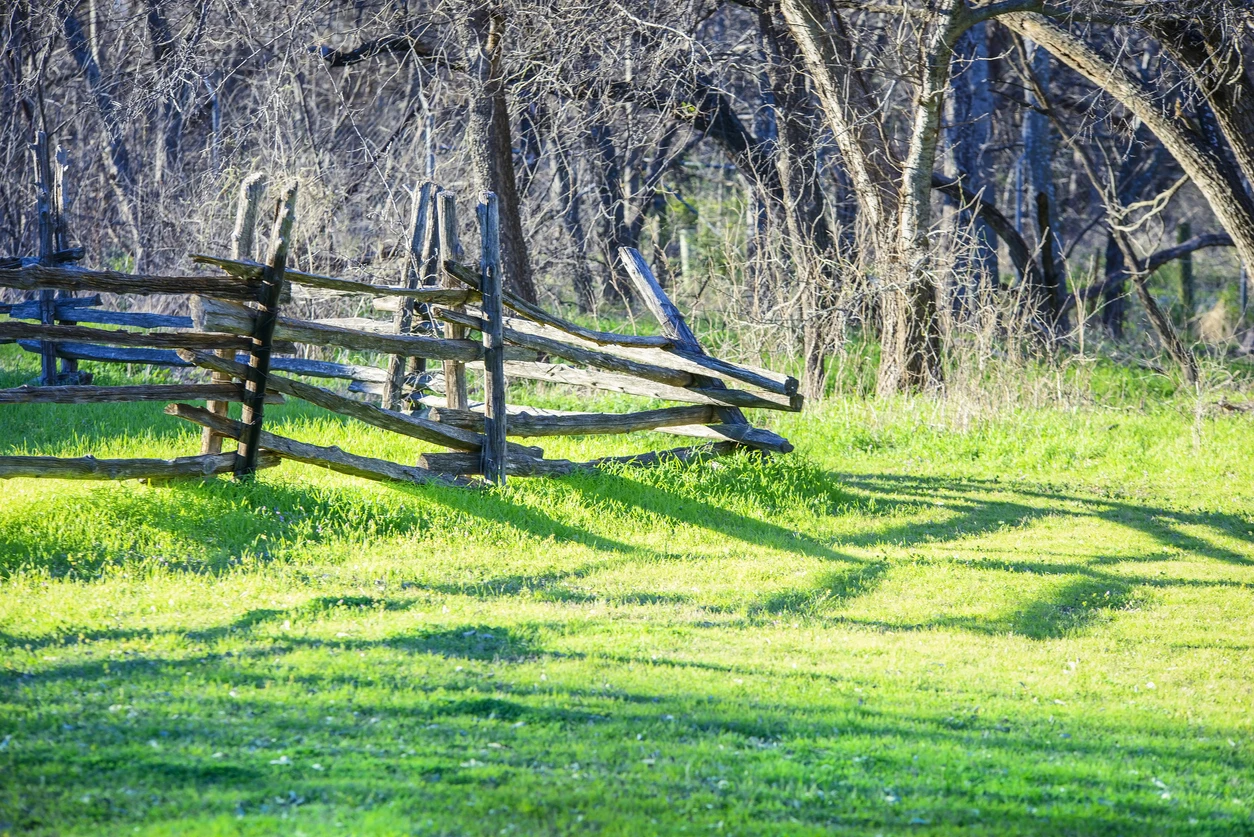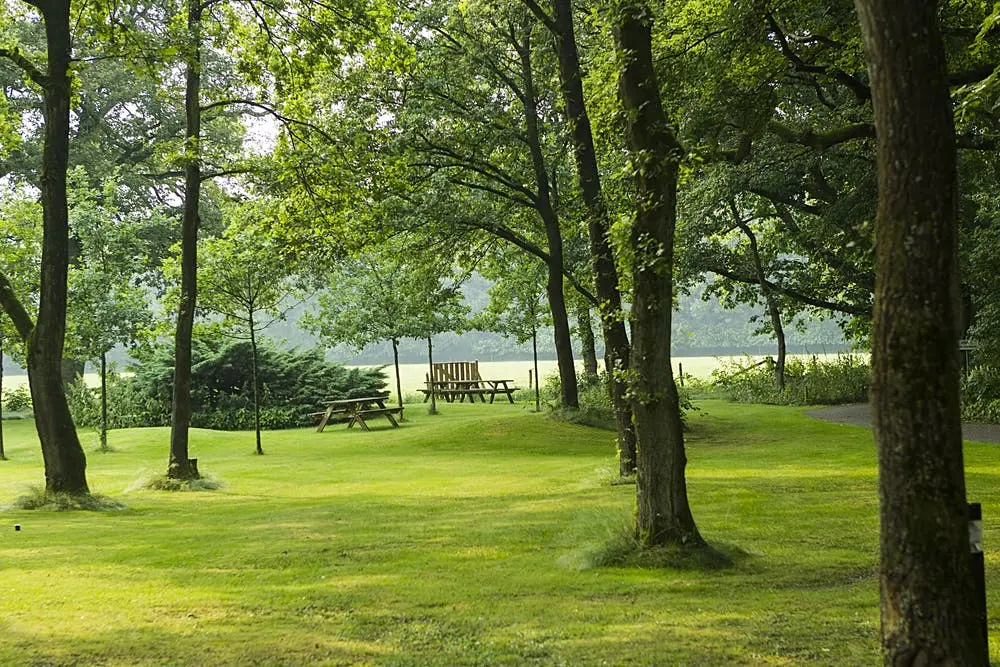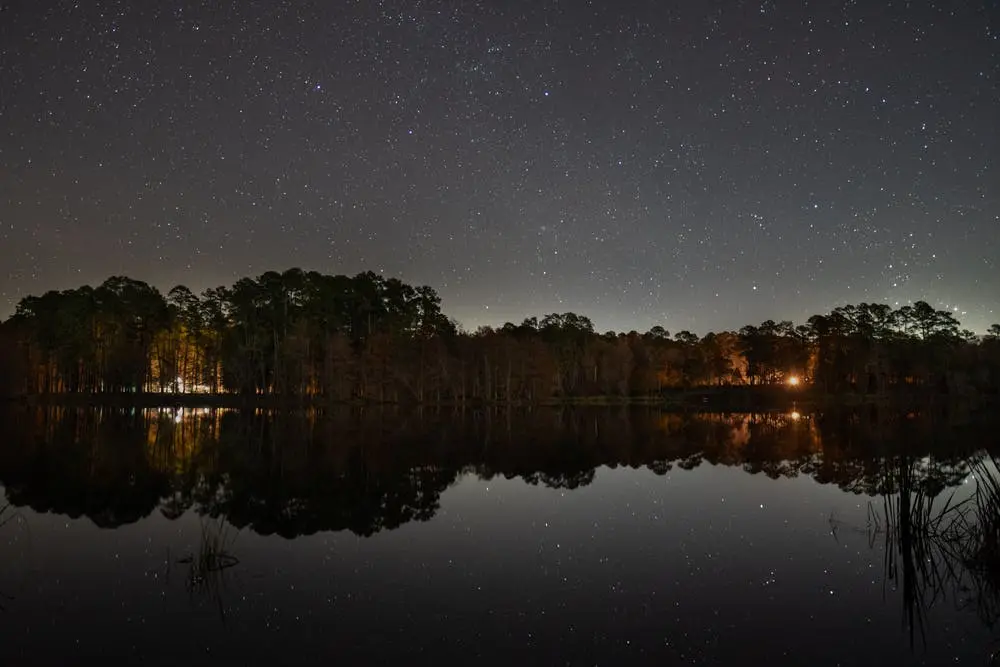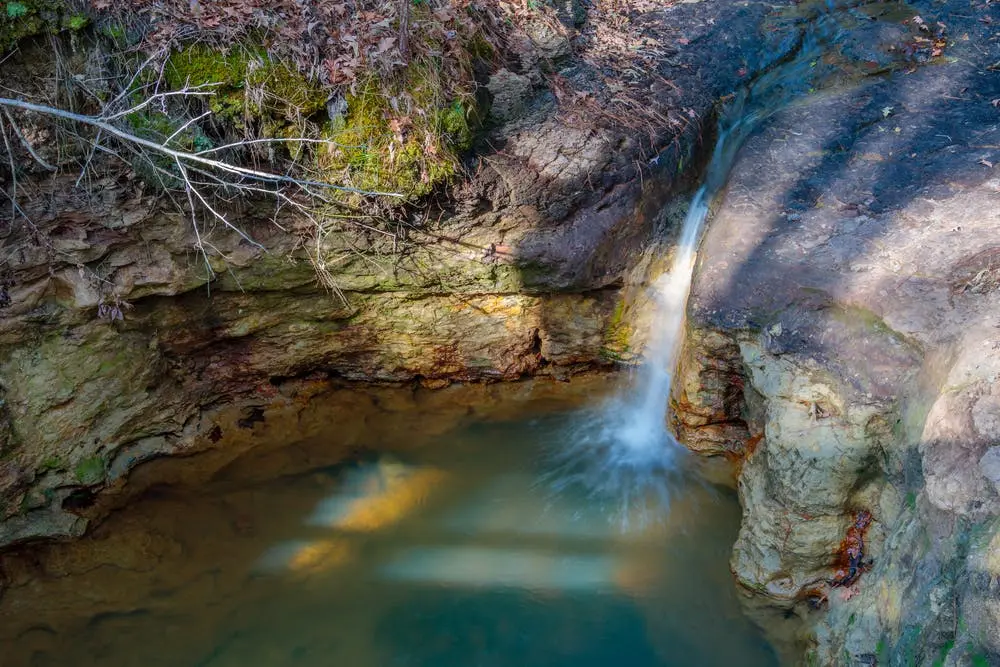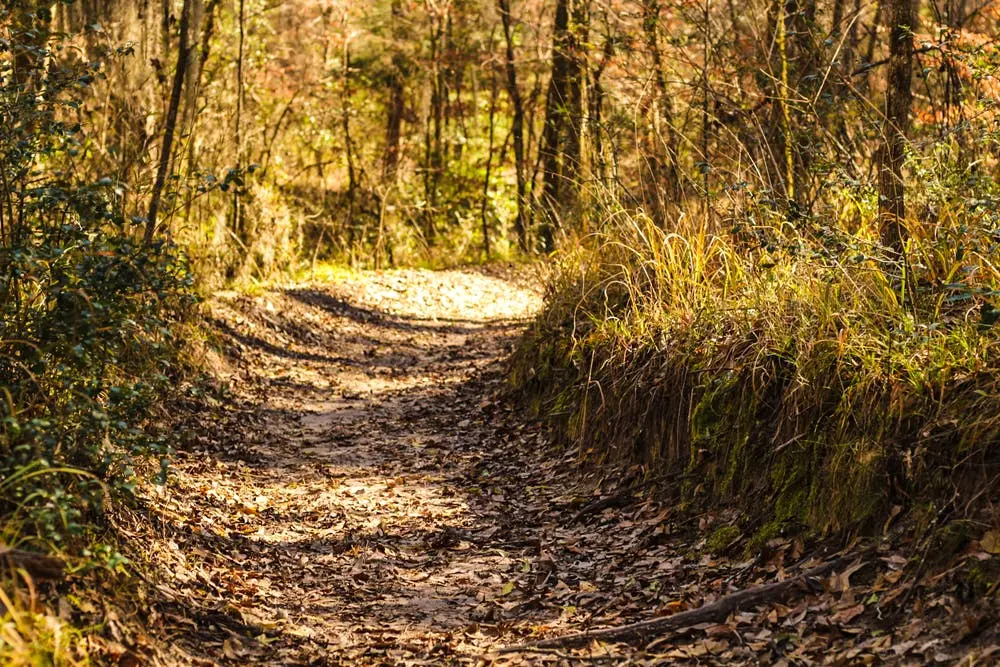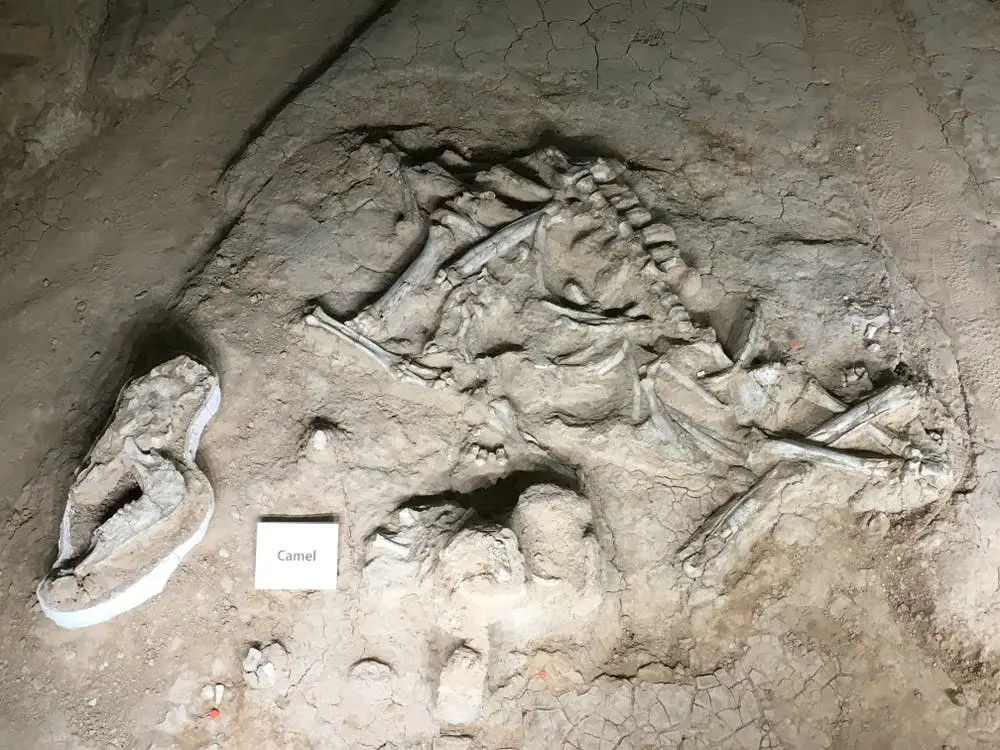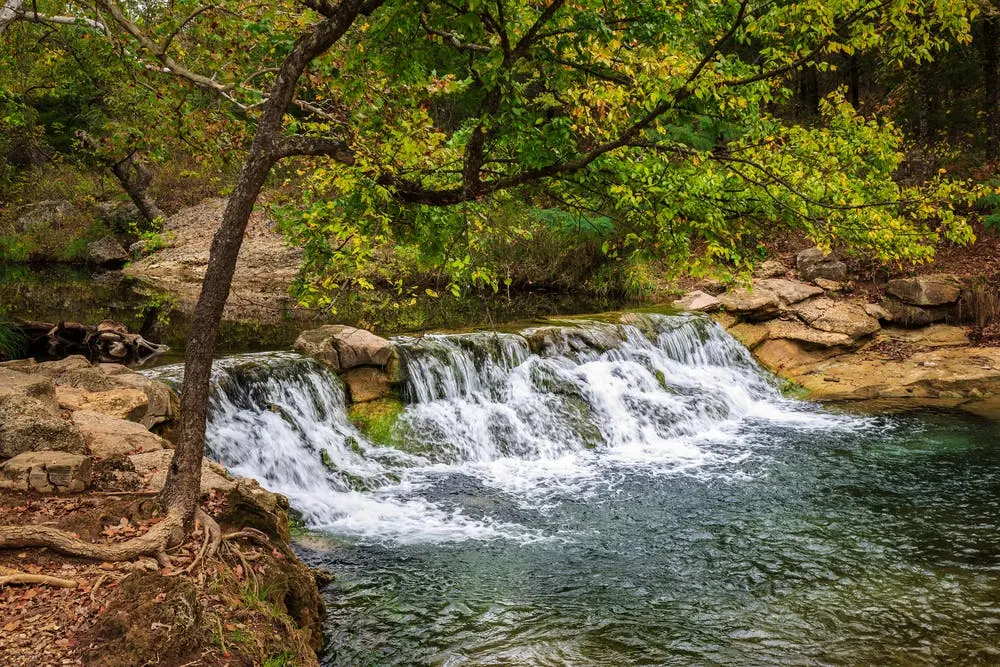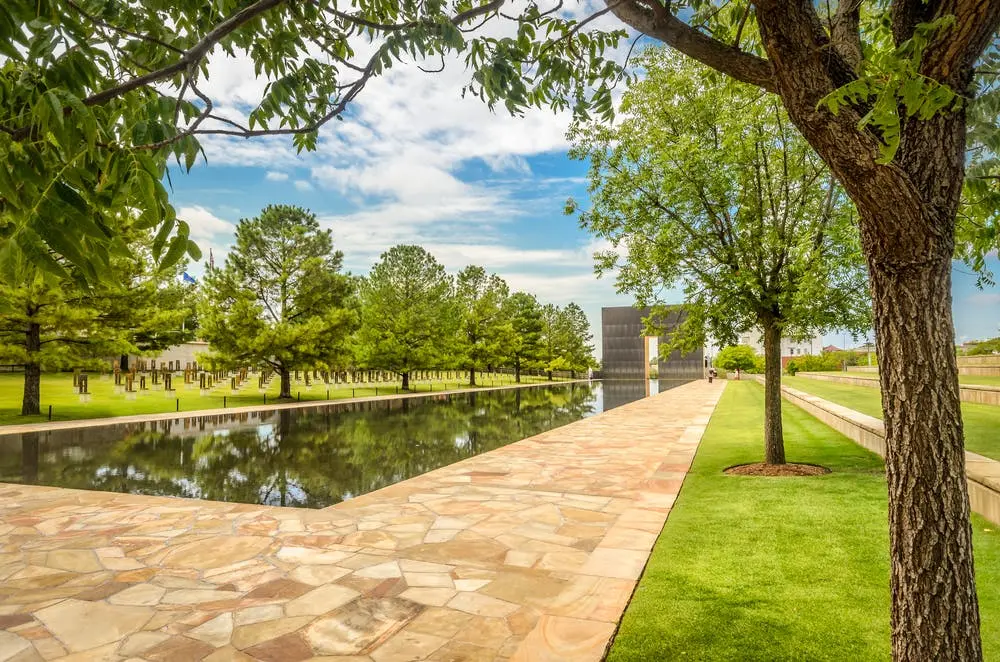


Browse motorhome by RV Class in Rockwall, TX
Browse towable by RV Class in Rockwall, TX
Fifth Wheel
Attaches to a tow vehicle via a gooseneck extension in the truck bedView all Fifth Wheel rentals in Rockwall
Travel Trailer
Trailer options exist for every kind of SUV or pickup tow vehicleView all Travel Trailer rentals in Rockwall
Popup
Can be towed by ordinary passenger vehiclesView all Popup rentals in Rockwall
Toy Hauler
Can be towed by many SUV or pickup tow vehiclesView all Toy Hauler rentals in Rockwall
Popular RV Searches in Rockwall, TX
Cheap
Under $100 per nightView all Cheap rentals in Rockwall
Affordable
$100 - $250 per nightView all Affordable rentals in Rockwall
Luxury
Above $250 per nightView all Luxury rentals in Rockwall
Delivery
Owners that deliverView all Delivery rentals in Rockwall
Pet Friendly
Bring your furry friendView all Pet Friendly rentals in Rockwall
Road Trips Starting from Rockwall, TX
Best National Parks Near Rockwall, TX
Big Bend National Park is located in southwestern Texas. Established in 1944, it covers an area of over 801,163 acres and includes parts of the Chihuahuan Desert, the Rio Grande, and the Chisos Mountains. The park offers diverse natural and cultural resources, including scenic drives, hiking trails, backpacking, wildlife viewing, and stargazing opportunities. Some of its popular attractions include Santa Elena Canyon, Hot Springs, and the Chisos Basin.
Located in the heart of the Ouachita Mountains, Hot Springs National Park is home to 40 natural hot springs fed by deep underground water heated by the earth's heat. The springs range in temperature from 98 to 143 degrees Fahrenheit. Visitors can enjoy soaking in the springs, surrounded by beautiful scenery. The hot springs have been a popular destination for centuries, and people have been coming to the area for its healing waters. The park was established in 1921, making it one of the oldest national parks in the United States. Today, Hot Springs National Park attracts millions of visitors from all over the world who come to experience its unique history and natural beauty.
Guadalupe Mountains National Park is a national park in West Texas that contains the Guadalupe Mountains, which is the highest mountain range in Texas. The range includes Guadalupe Peak, the highest point in Texas at 8,749 feet. The park also includes El Capitan, a large Mesa popular with rock climbers. The park was established in 1966 and covers an area of 76,293 acres. It is located in Culberson County, Texas near the cities of Carlsbad and El Paso. The Guadalupe Mountains are part of the Delaware Basin and were formed by sedimentary rocks deposited on the Permian Basin's western edge. The range has numerous canyons and gorges, including McKittrick Canyon, which is home to various plants and animals. The park is open year-round and offers a variety of activities, such as hiking, camping, bird-watching, and rock climbing.
National Forests Near Rockwall, TX
RV Rentals Near Rockwall, TX
Frequently Asked Questions About Renting a Class C RV Near Rockwall, TX
How do I properly navigate and park a Class C motorhome rental in urban areas or tight spaces in Rockwall, TX?
When navigating and parking a Class C motorhome rental in urban areas or tight spaces, it's important to take your time and plan your route beforehand. Familiarize yourself with the dimensions of the motorhome and the height and width restrictions of the roads you'll be traveling on. When it comes to parking, look for designated spots or parking garages that can accommodate the size of your RV. Always pay attention to signage and be aware of any towing restrictions in the area.
Do I need to know any weight or height restrictions when driving a Class C motorhome rental in Rockwall, TX?
Yes, it's important to be aware of weight and height restrictions when driving a Class C motorhome rental in Rockwall, TX. Many bridges and overpasses have low clearance levels that may not accommodate the height of your RV. Additionally, be mindful of the weight of your vehicle and ensure that you're not exceeding any weight limits on the roads you're traveling.
How do I properly level and stabilize a Class C RV rental at my campsite or RV park, and what equipment or tools do I need for this?
Discuss your specific campsite with the RV owner to determine if any leveling equipment is necessary. If so, they will walk you through how to set it up safely.
What kind of maintenance or upkeep do I need to perform on a Class C motorhome rental during my rental period?
During your rental period you are not responsible for maintenance. Treat the RV with care and maintain cleanliness during your trip.
Can I bring my bicycles or other outdoor equipment to use with the Class C motorhome rental, and what storage options are available for these items?
Yes, you can bring your bicycles or other outdoor equipment to use with the Class C motorhome rental. Many RVs have storage compartments or racks that can be used to store bikes, kayaks, or other outdoor gear. Check with the RV owner to see what storage options are available and how much weight they can accommodate.
What fuel efficiency considerations do I need to consider when driving a Class C motorhome rental, and how can I minimize the impact on my fuel costs?
Class C motorhome rentals are generally less fuel-efficient than smaller vehicles, so it's important to be mindful of your fuel usage. To minimize fuel costs, try to stick to slower speeds and avoid idling or rapid acceleration. Planning out your route ahead of time can also help you save fuel by avoiding unnecessary detours or backtracking.
Can I bring my entertainment equipment or appliances for the Class C motorhome rental, such as a portable grill or music player?
Yes, you can bring your own entertainment equipment or appliances to use with the Class C motorhome rental. However, be sure to check with the RV owner beforehand to ensure that the RV is equipped with the necessary outlets or connections to use your equipment. Additionally, be aware of any safety hazards, such as using portable grills near the RV, and take appropriate precautions.
Are any particular features or amenities available in Class C motorhome rentals that may not be found in other RVs in Rockwall, TX?
The features and amenities available in Class C motorhome rentals can vary depending on the make and model of the RV. Some common features that may be available in Class C motorhome rentals include kitchenettes, bathrooms with showers, and additional sleeping areas. Check with the RV owner to see what features and amenities are included in their particular rental.
How do I correctly set up and use the kitchen and bathroom facilities in a Class C motorhome rental, and do I need to know any specific maintenance or cleaning considerations?
The RV owner will familiarize you with how to use the facilities. Take note of where the water and electrical hookups are located, and make sure to follow any instructions or guidelines provided by the RV owner. When it comes to cleaning and maintenance, be sure to follow proper procedures for disposing of waste and using cleaning products that won't damage the RV's plumbing or fixtures.
